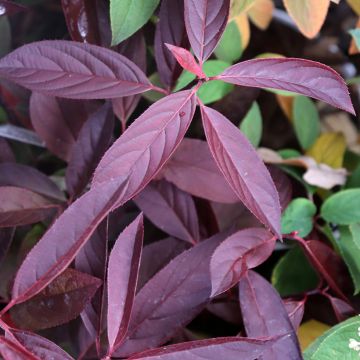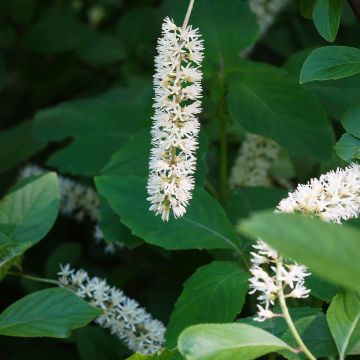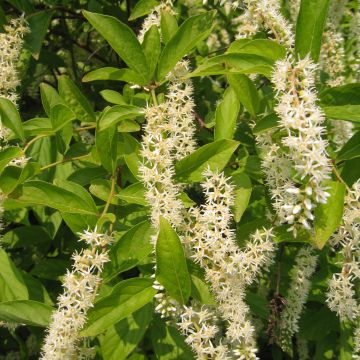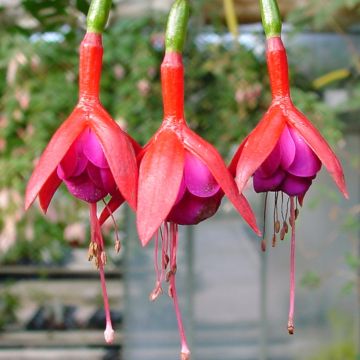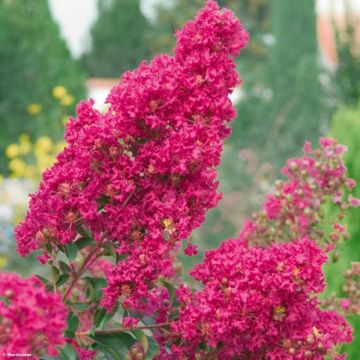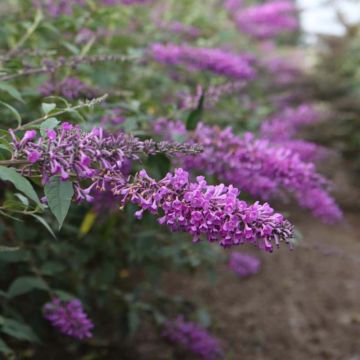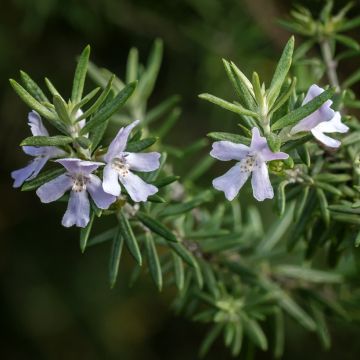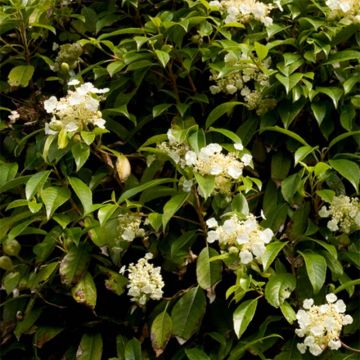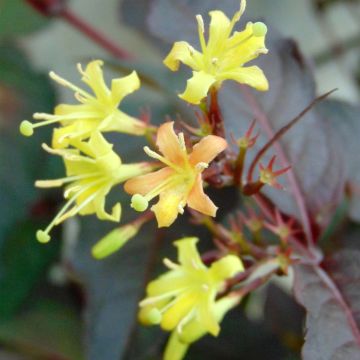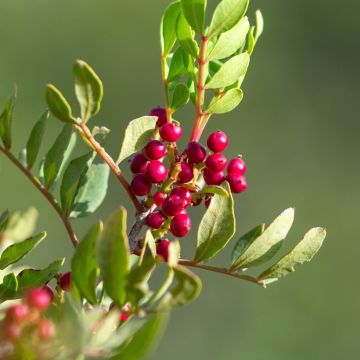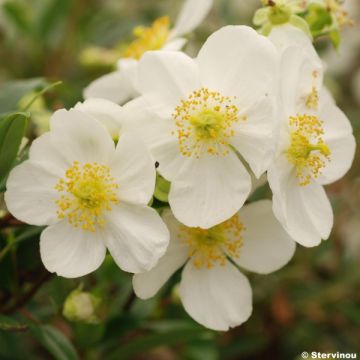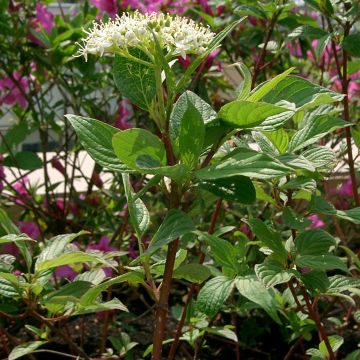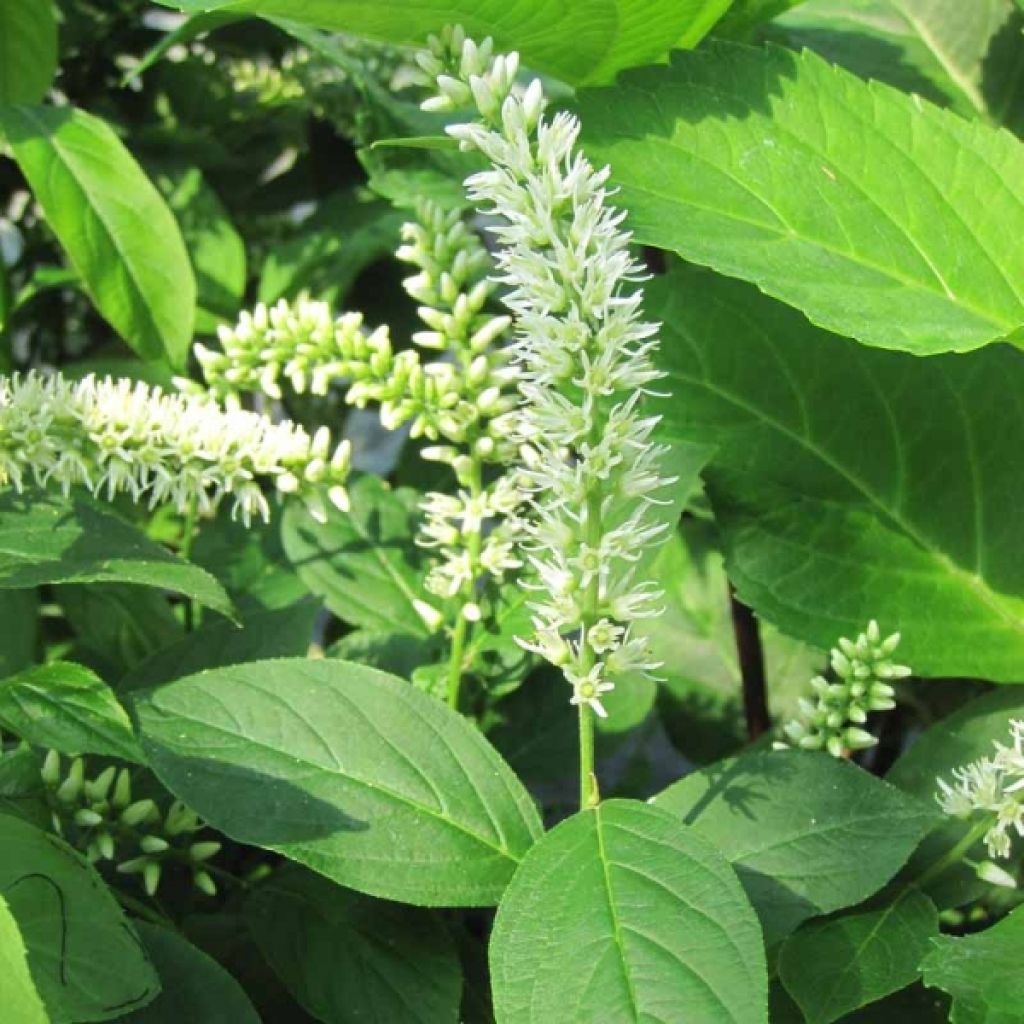

Itea virginica
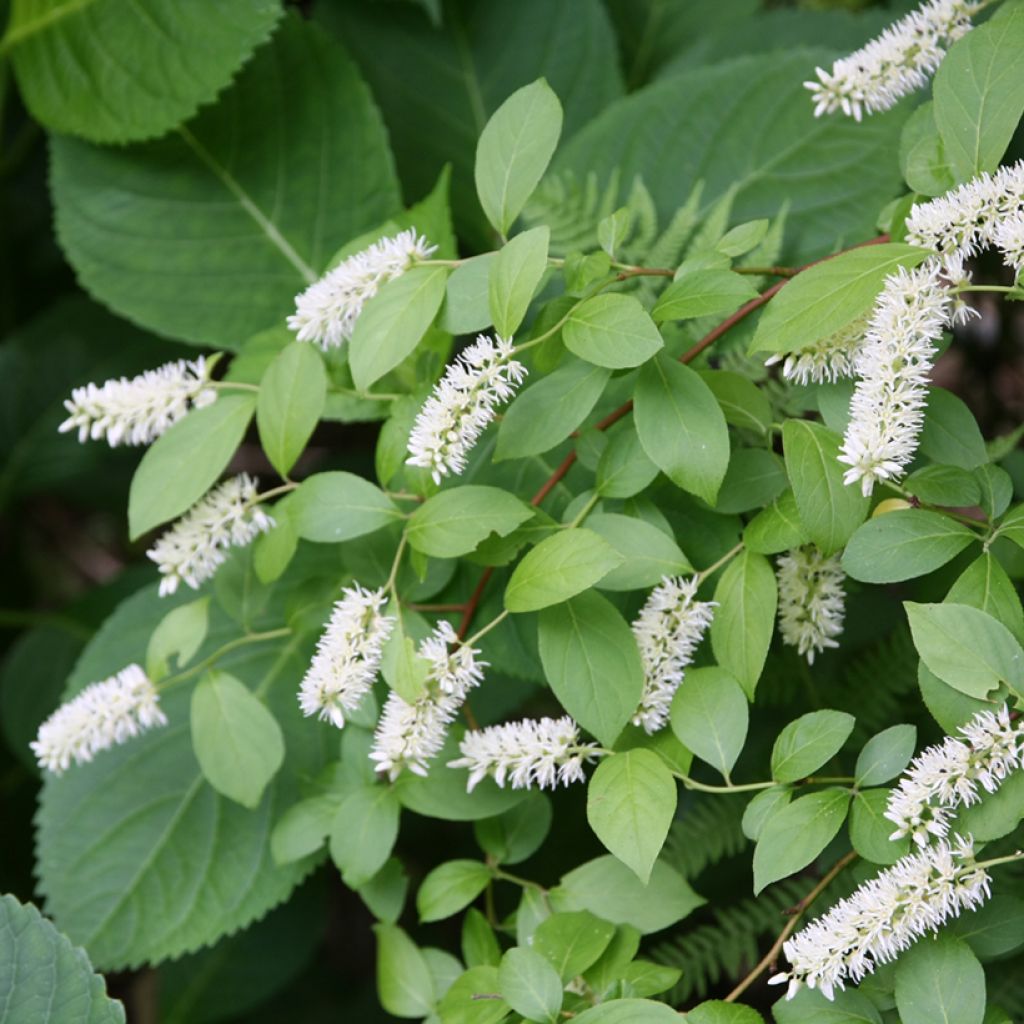

Itea virginica
Itea virginica
Itea virginica
Virginia Sweet Spire
This item cannot be shipped to the selected country
Delivery charge from €5.90
Delivery charge from €5.90
More information
Schedule delivery date,
and select date in basket
This plant carries a 24 months recovery warranty
More information
We guarantee the quality of our plants for a full growing cycle, and will replace at our expense any plant that fails to recover under normal climatic and planting conditions.
From €5.90 for pickup delivery and €6.90 for home delivery
Express home delivery from €8.90.
From €5.90 for pickup delivery and €6.90 for home delivery
Express home delivery from €8.90.
Does this plant fit my garden?
Set up your Plantfit profile →
Description
The alternate-leaved bush, in Latin Itea virginica, is a graceful, deciduous shrub, very hardy, whose leaves turn pink and red in autumn. In early summer, it is adorned with many clusters of white flowers that are quite unusual and delicately scented. It is a plant that thrives in moist and slightly acidic soil. It can be grown in a large pot or in a partially shaded area of the garden.
Itea virginica is a shrub from the Escalloniaceae family. It is found naturally in swamps and along watercourses in the southeastern United States, particularly in Virginia. It grows relatively slowly and eventually forms a bushy shrub, reaching a height of about 1.75 m (5 ft 8 in) and a spread of 1.50 m (4 ft 11 in), depending on the growing conditions. Its deciduous leaves are alternate, 5 to 7 cm (2.8 in) long, elliptical in shape, with a glossy green upper surface and a paler underside. In autumn, they turn shades of pink, red, and purple before falling off. Flowering occurs in June. It takes the form of clusters of small, white, star-shaped and fragrant flowers held above the foliage. The flower heads hang down in pretty pendulous clusters measuring 10 to 15 cm (5.9 in) in length. This flowering gives the shrub a weeping appearance. The alternate-leaved bush prefers a slightly acidic, well-drained soil that is slightly moist, in a partially shaded location.
The alternate-leaved bush is very ornamental when planted as a specimen, in a mass planting, as part of a large border, or in a woodland setting. It can also be grown in a container or a large pot on a slightly shaded terrace. In Anglo-Saxon countries, it is commonly planted in large numbers around bodies of water such as small ponds or lakes. This shrub can be paired with hydrangeas, camellias, and other Chinese azaleas that thrive in similar conditions. Consider also Japanese Styrax and dark-leaved Physocarpus to enhance its beauty.
Tips: It does not tolerate alkaline and/or dry soils. It can tolerate full sun if the soil is moist.
Report an error about the product description
Itea virginica in pictures
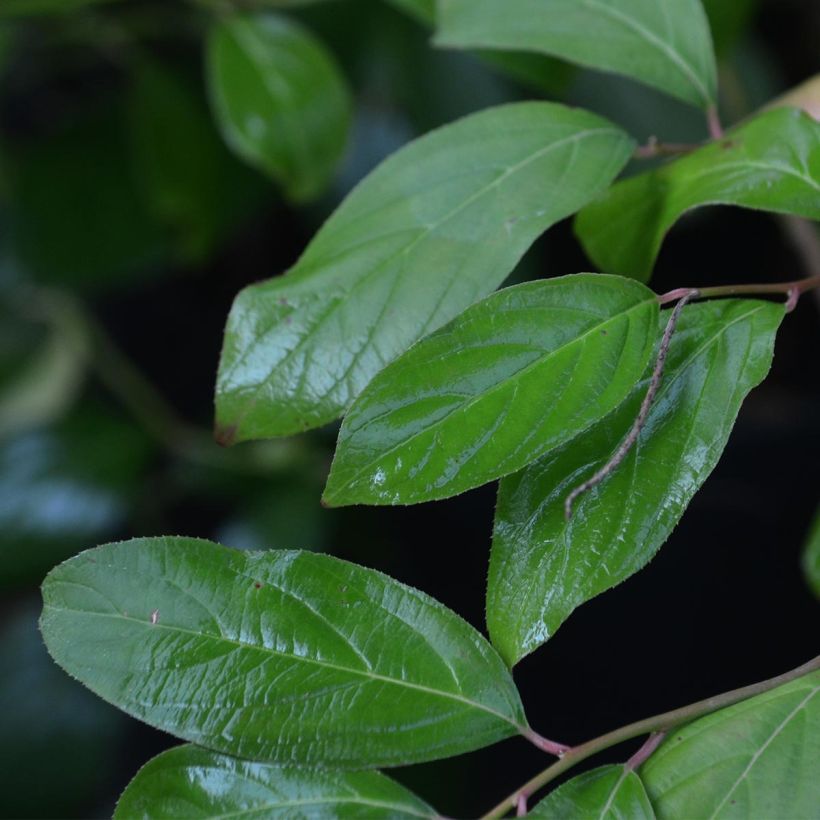

Plant habit
Flowering
Foliage
Botanical data
Itea
virginica
Escalloniaceae
Virginia Sweet Spire
North America
Other Itea
Planting and care
The Virginia Sweetspire is planted in spring or autumn in a moist, humus-rich, and well-drained soil. It does not tolerate limestone and drought at all. It prefers a partially shaded or sunny exposure depending on the soil moisture. Forest soil is ideal or mix ericaeous soil with soil in your garden, although this solution is not long-term if your soil is limestone. Mulch the soil in summer to maintain freshness. To promote branching, prune the faded branches above a bud after flowering. For old wood, remove 1/4 of the branch from the base.
Planting period
Intended location
Care
-
, onOrder confirmed
Reply from on Promesse de fleurs
Summer-flowering shrubs
Haven't found what you were looking for?
Hardiness is the lowest winter temperature a plant can endure without suffering serious damage or even dying. However, hardiness is affected by location (a sheltered area, such as a patio), protection (winter cover) and soil type (hardiness is improved by well-drained soil).

Photo Sharing Terms & Conditions
In order to encourage gardeners to interact and share their experiences, Promesse de fleurs offers various media enabling content to be uploaded onto its Site - in particular via the ‘Photo sharing’ module.
The User agrees to refrain from:
- Posting any content that is illegal, prejudicial, insulting, racist, inciteful to hatred, revisionist, contrary to public decency, that infringes on privacy or on the privacy rights of third parties, in particular the publicity rights of persons and goods, intellectual property rights, or the right to privacy.
- Submitting content on behalf of a third party;
- Impersonate the identity of a third party and/or publish any personal information about a third party;
In general, the User undertakes to refrain from any unethical behaviour.
All Content (in particular text, comments, files, images, photos, videos, creative works, etc.), which may be subject to property or intellectual property rights, image or other private rights, shall remain the property of the User, subject to the limited rights granted by the terms of the licence granted by Promesse de fleurs as stated below. Users are at liberty to publish or not to publish such Content on the Site, notably via the ‘Photo Sharing’ facility, and accept that this Content shall be made public and freely accessible, notably on the Internet.
Users further acknowledge, undertake to have ,and guarantee that they hold all necessary rights and permissions to publish such material on the Site, in particular with regard to the legislation in force pertaining to any privacy, property, intellectual property, image, or contractual rights, or rights of any other nature. By publishing such Content on the Site, Users acknowledge accepting full liability as publishers of the Content within the meaning of the law, and grant Promesse de fleurs, free of charge, an inclusive, worldwide licence for the said Content for the entire duration of its publication, including all reproduction, representation, up/downloading, displaying, performing, transmission, and storage rights.
Users also grant permission for their name to be linked to the Content and accept that this link may not always be made available.
By engaging in posting material, Users consent to their Content becoming automatically accessible on the Internet, in particular on other sites and/or blogs and/or web pages of the Promesse de fleurs site, including in particular social pages and the Promesse de fleurs catalogue.
Users may secure the removal of entrusted content free of charge by issuing a simple request via our contact form.
The flowering period indicated on our website applies to countries and regions located in USDA zone 8 (France, the United Kingdom, Ireland, the Netherlands, etc.)
It will vary according to where you live:
- In zones 9 to 10 (Italy, Spain, Greece, etc.), flowering will occur about 2 to 4 weeks earlier.
- In zones 6 to 7 (Germany, Poland, Slovenia, and lower mountainous regions), flowering will be delayed by 2 to 3 weeks.
- In zone 5 (Central Europe, Scandinavia), blooming will be delayed by 3 to 5 weeks.
In temperate climates, pruning of spring-flowering shrubs (forsythia, spireas, etc.) should be done just after flowering.
Pruning of summer-flowering shrubs (Indian Lilac, Perovskia, etc.) can be done in winter or spring.
In cold regions as well as with frost-sensitive plants, avoid pruning too early when severe frosts may still occur.
The planting period indicated on our website applies to countries and regions located in USDA zone 8 (France, United Kingdom, Ireland, Netherlands).
It will vary according to where you live:
- In Mediterranean zones (Marseille, Madrid, Milan, etc.), autumn and winter are the best planting periods.
- In continental zones (Strasbourg, Munich, Vienna, etc.), delay planting by 2 to 3 weeks in spring and bring it forward by 2 to 4 weeks in autumn.
- In mountainous regions (the Alps, Pyrenees, Carpathians, etc.), it is best to plant in late spring (May-June) or late summer (August-September).
The harvesting period indicated on our website applies to countries and regions in USDA zone 8 (France, England, Ireland, the Netherlands).
In colder areas (Scandinavia, Poland, Austria...) fruit and vegetable harvests are likely to be delayed by 3-4 weeks.
In warmer areas (Italy, Spain, Greece, etc.), harvesting will probably take place earlier, depending on weather conditions.
The sowing periods indicated on our website apply to countries and regions within USDA Zone 8 (France, UK, Ireland, Netherlands).
In colder areas (Scandinavia, Poland, Austria...), delay any outdoor sowing by 3-4 weeks, or sow under glass.
In warmer climes (Italy, Spain, Greece, etc.), bring outdoor sowing forward by a few weeks.

































